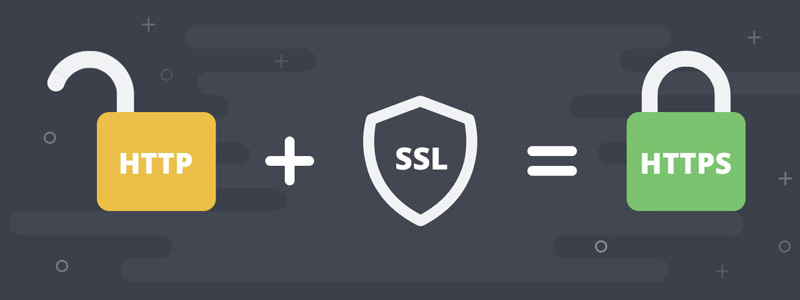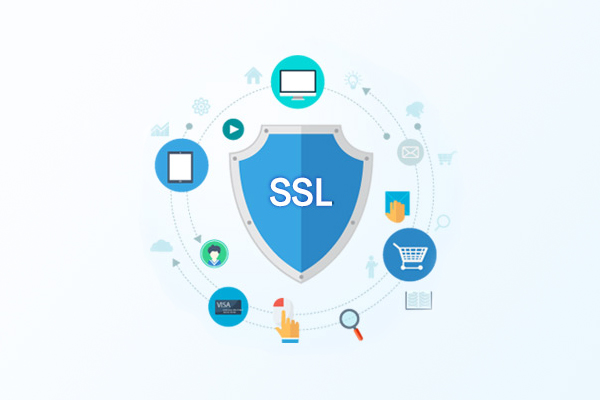SSL (Secure Sockets Layer) is a global security standard that enables encrypted data transfer.
between a browser and a web server. But in short, it is the standard technology to keep an Internet.
connection secure and as well as to protect all confidential information.
Because is used by millions of online users to reduce the risk of theft and manipulation of confidential information by hackers and identity thieves.
To establish this secure connection and “digital certificate” is installed on a web server.
Because this servers has two functions:
▸Authenticate the identity of the website, guaranteeing visitors that they are not on a fake site.
▸Encrypt the transmitted information.

But how do I know that my website needs an SSL Certification?
Basically this type of certification should be used by any individual and organization that uses his website to request, receive, collect, store, process and display confidential information.
And someome examples of this type of information are:
▸Patented information.
▸Login information and passwords.
▸Financial information (such as credit cards and bank accounts).
▸Legal documents and contracts.
▸Customers list
▸Medical history.
▸Personal data (such as names, addresses, social security numbers, and dates of birth).
Are all SSL certifications the same?
All offer the security of data encryption, however, there are 3 different types:

▸Domain Validated (DV)
▸Certificates DV only need the Certification Authority because to verify that the user requesting the certificate owns and manages the domain.
Users will see a lock icon in the address bar and with no user specific information.
▸Validated Organization (VO)
▸OV certificates require the Certification Authority to confirm that the business is registered and legitimate.
When visitors click on the green padlock icon in the browser, the business name will be displayed.
▸Extended Validation (EV)
▸Certificates EV require even more documentation for the Certification Authority to validate the organization.

Visitors will see the name of the business inside the address bar (in addition to the green lock icon).
An SSL certificate contains the following information:
▸The name of the certificate holder
▸The certificate serial number and expiration date
▸A copy of the certificate holder's public key
▸The digital signature of the authority issuing the certificate https://en.wikipedia.org/wiki/Transport_Layer_Security



